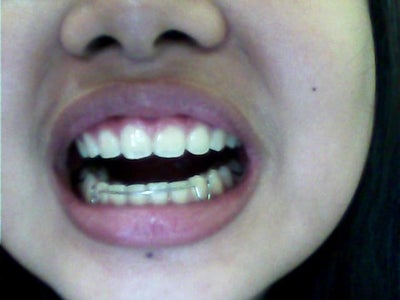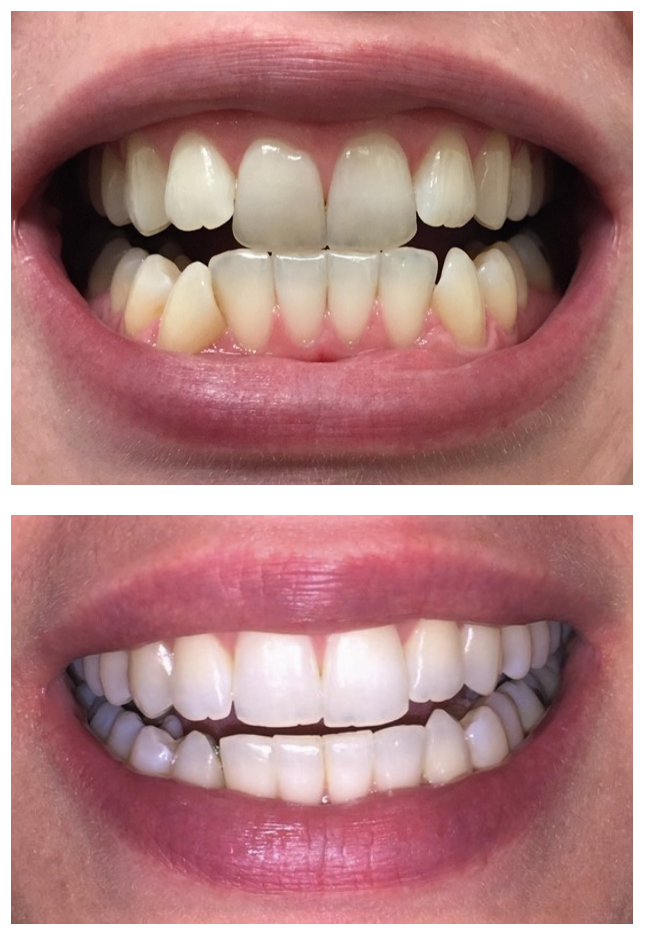
What do I do if my teeth shifted after braces? Otherwise, you may need braces again, or another treatment, to correct excessive movement. The best way to minimise any undesirable shifting is to keep wearing your aligner or retainer as directed by your orthodontist. You could experience teeth movement after braces at any age if the prescribed retainers aren’t worn. How long do your teeth shift after braces? You will need targeted orthodontic treatment to fix more substantial shifts. However, while a retainer can fix slight tooth movement, it can’t correct more significant shifts. So, a retainer can reduce the chance of teeth moving around too much after braces, and it can even help encourage teeth back into the right position. A retainer works by holding the teeth in the right place while the bone and gum heals properly, and moves into position. If it’s a minor shift in tooth position, yes. Can retainers fix a slight shift in teeth after braces?

The best idea is to make an appointment with your orthodontist as soon as possible so they can evaluate the changes and go over your options. In terms of fixing teeth once they’ve shifted, it can be more difficult.

Retainers are issued to all clients to wear after their treatment, and these are a necessary part of treatment to maintain results and keep teeth aligned. With proper aftercare, your teeth shouldn’t shift after wearing braces. How do you fix teeth that have shifted after braces? So, can you fix shifted teeth? Well, it depends. After braces however, teeth will only move if the prescribed retainers are not worn as directed. Is teeth movement after braces common?īraces are designed to help straighten your teeth and improve overcrowding, so during the process they will apply force to your teeth to shift them into place. The braces apply pressure to the teeth and move them into a more desirable position. if you have a tooth knocked out of position


 0 kommentar(er)
0 kommentar(er)
